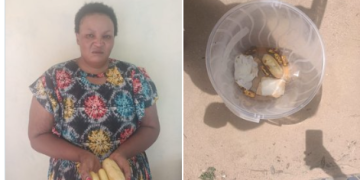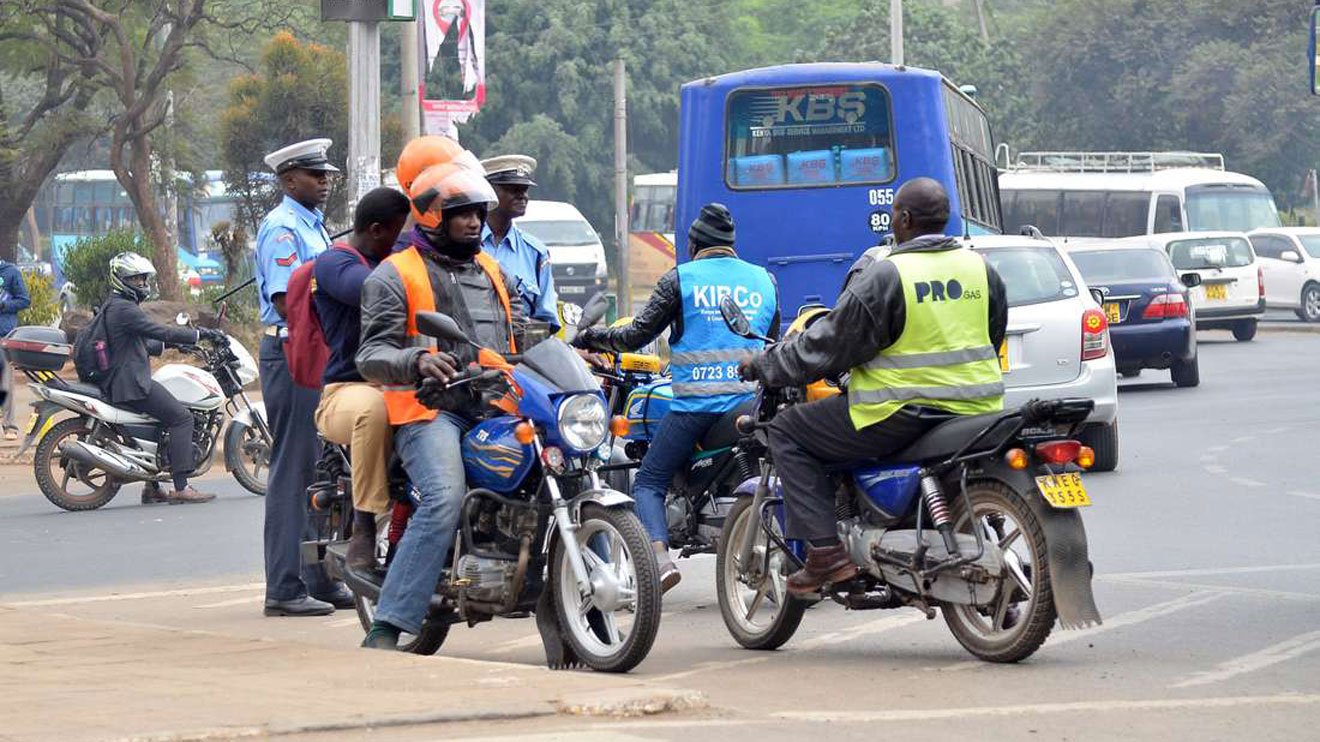The Nairobi County government has issued a stern warning to hawkers prohibiting the sale of merchandise in central areas of the Central Business District (CBD).
In a statement signed by Governor Johnson Sakaja, the county government announced a ban on hawking along major walkways and roads within the CBD to alleviate congestion.
Governor Sakaja outlined specific areas where hawking is prohibited, including Moi Avenue, Haile Selassie Avenue, Kenneth Matiba Road, Latema Road, Ronald Ngala Street, Mfangano Street, Hakati Road, and River Road. The governor emphasized that these spaces are reserved for pedestrian use and not for trading activities.
To accommodate traders, the county government has designated specific backstreets and lanes for hawking from Monday to Thursday. These approved areas are located along roads connecting Tom Mboya Street to Kirinyaga Road.
In the notice, the county warned of legal action against anyone contravening the new regulations, stating that violators would be prosecuted under Nairobi City County laws.
“The general public is asked to take note that anyone contravening this notice will be prosecuted under Nairobi City County Government law,” the notice read.
This move is part of ongoing efforts to decongest the city, according to Governor Sakaja. He noted that hawkers had previously been criticized for conducting business on newly refurbished walkways constructed by the county government.
Efforts to relocate traders from the CBD to the Kangundo Road market have faced significant resistance, with previous attempts sparking public protests.
Challenges Faced by Nairobi City Hawkers
The new restrictions add to the challenges already faced by Nairobi’s hawkers. Many traders rely on the CBD’s heavy foot traffic to make a living and have limited alternative trading spaces.
Previous attempts by the county government to relocate hawkers to the Kangundo Road market were met with protests, as traders cited the lack of adequate infrastructure and reduced customer flow in the designated markets.
Hawkers also face competition for space, harassment from law enforcement, and the absence of proper facilities such as storage and sanitation in designated trading areas. For many, the CBD provides a critical source of income despite the operational risks and challenges.
Governor Sakaja acknowledged these difficulties but reiterated that the measures are necessary to manage congestion and preserve the functionality of newly refurbished walkways.
These walkways, part of a Ksh8.7 billion project funded by the United States government, aim to improve pedestrian and cyclist mobility within the city.
Efforts to Balance Order and Livelihoods
The directive is the latest in a series of efforts to organize Nairobi’s busy CBD. While it seeks to decongest the city, it highlights the delicate balance between maintaining order and supporting livelihoods. Governor Sakaja has called for cooperation, urging traders to utilize designated areas for their operations.
As the city continues to grow, the government faces increasing pressure to find sustainable solutions that address both urban planning needs and the economic realities of its citizens.










































